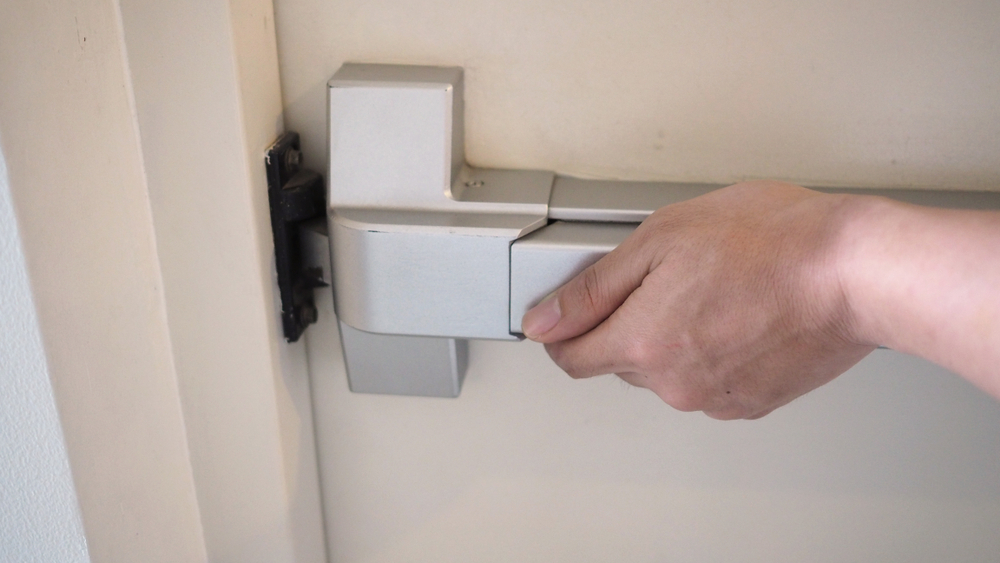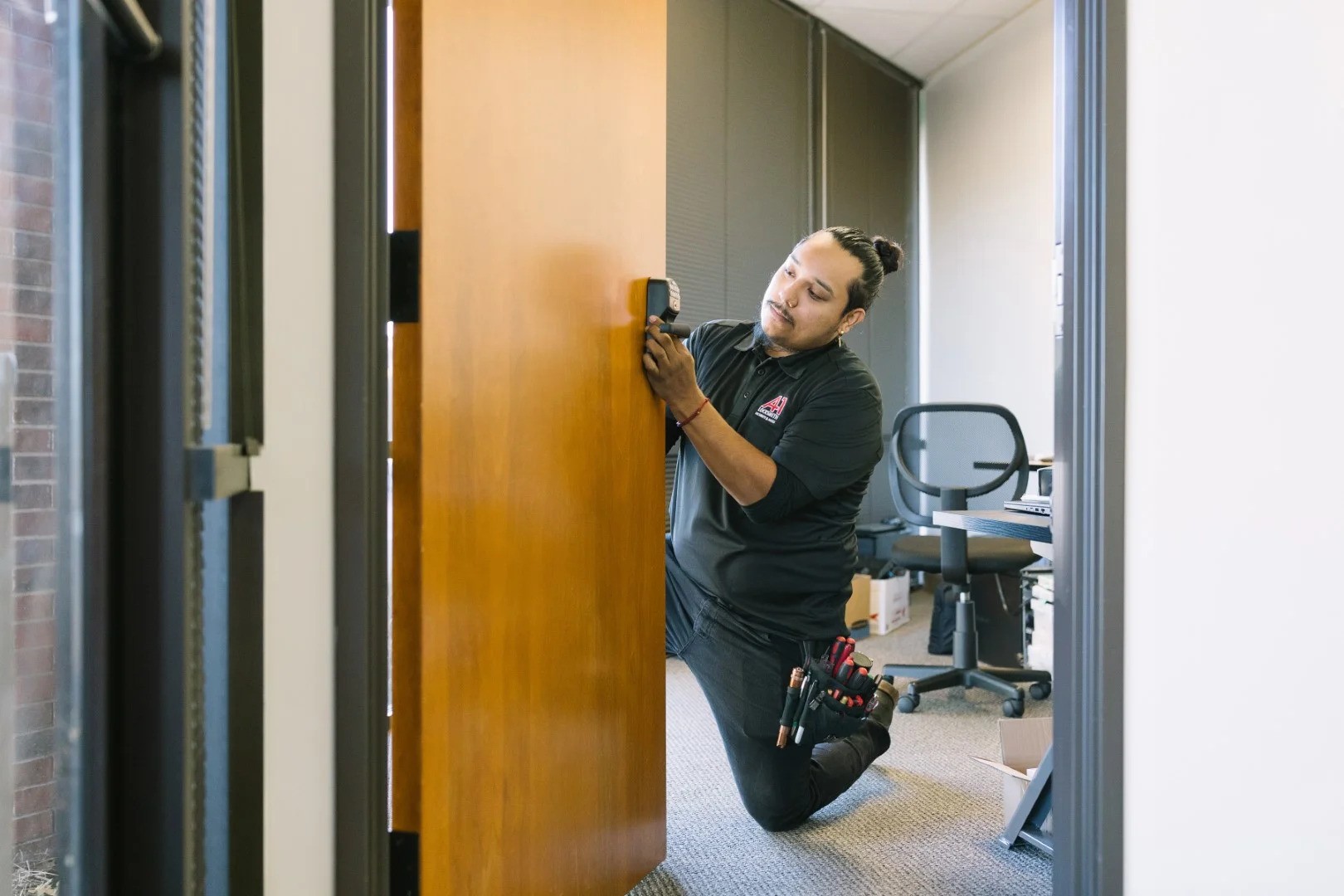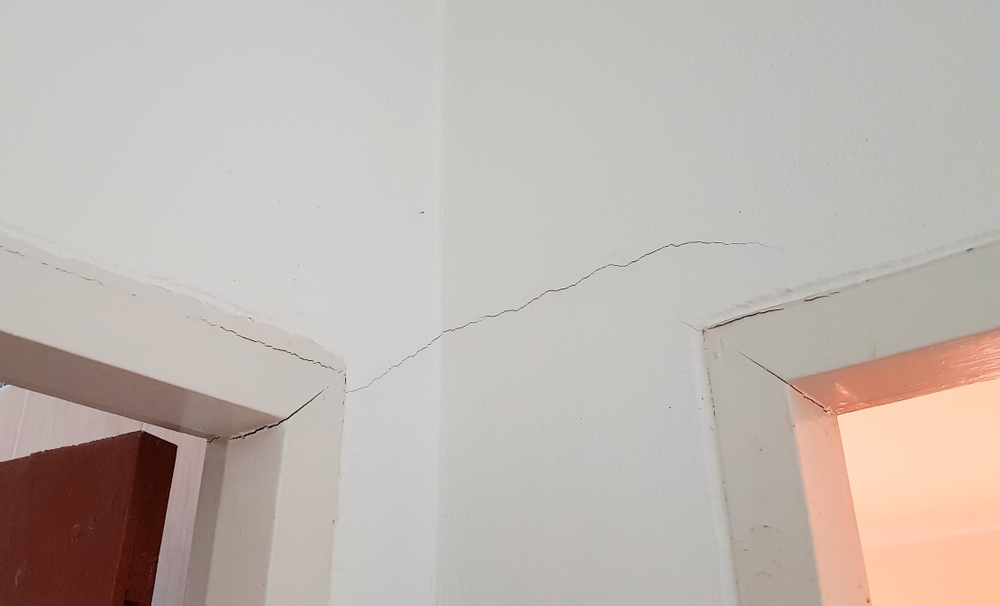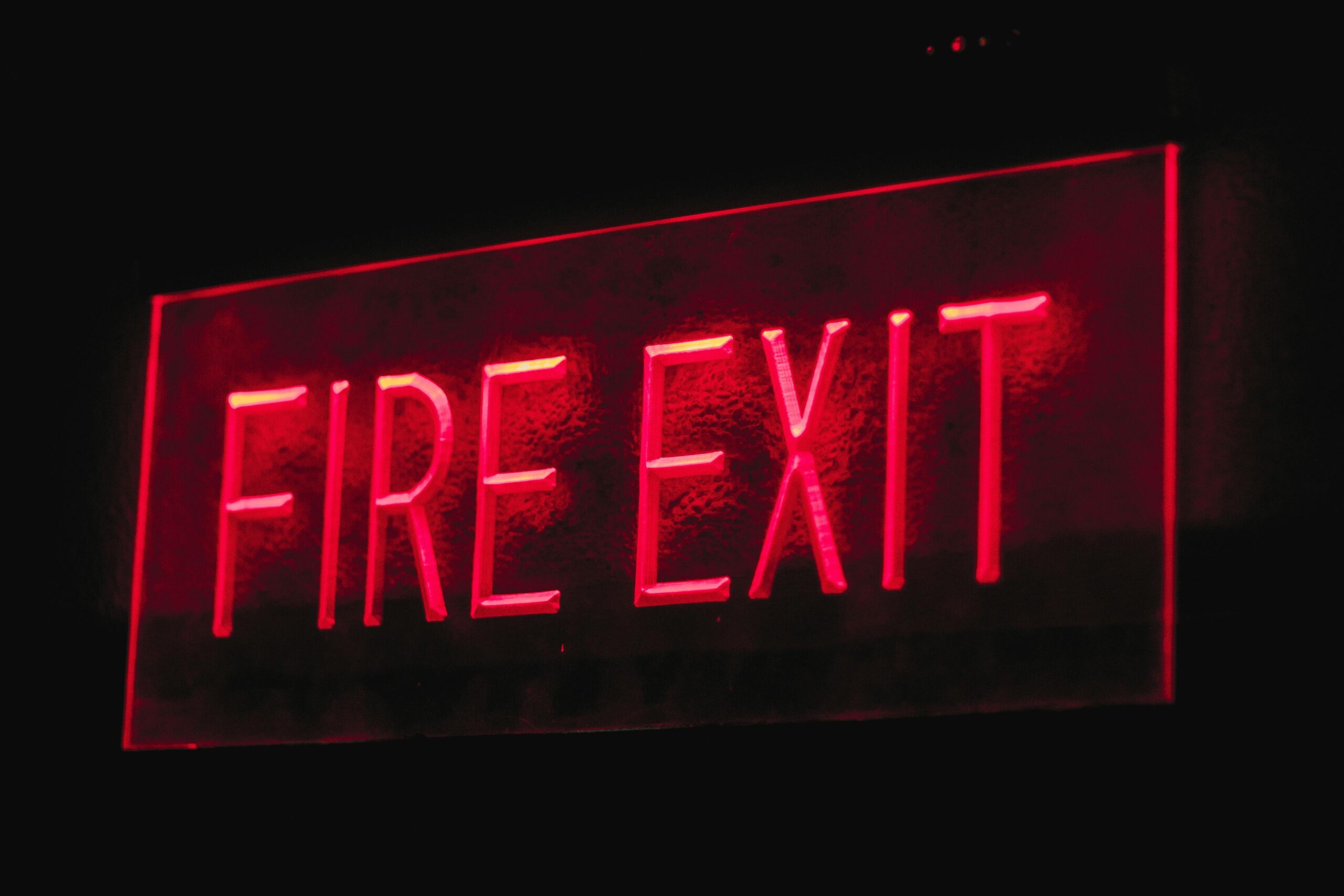The most secure safe is one no one knows you have. It’s also one that may be in an unpredictable location. If you think that the garage or basement fall in this category, we have some bad news for you: they’re the first places a burglar looks for your safe.
One of the problems is that safes are heavy and unwieldy and therefore have some limitations as to where they can be stored. But if you’re smart about placement for the beginning—or invest a little time in making sure it’s in the right location—it will pay off in security and peace of mind.
While the safe itself plays a critical role in securing your belongings, we’re taking a look at the first line of defense in having a safe that is hopefully not discovered by would-be burglars with these seven areas we’d recommend against storing your safe.
-
The Master Bedroom
It may seem like the bedroom is an ideal spot to keep your safe as it’s often private and convenient for keeping valuables close by (especially with a gun safe where you may want your guns easily accessible). But this is also why it’s one of the worst places to store your safe, as burglars usually stop in the master bedroom first. They know people commonly store jewelry, cash and important documents there, so placing your safe here is effectively making it easy for intruders to find your most prized possessions.
Better alternative: a lesser-used room, such as the guest bedroom or an inconspicuous closet.
-
Garage
Another convenient location, especially if your safe is heavy and difficult to move. But your garage is often more susceptible to break-ins than the main living areas of your home. The garage is also open to prying eyes every time the main door is opened, which can potentially make you a target Furthermore, garages are prone to extreme temperature changes and humidity, which could damage the contents of the safe—bad news if you’re storing documents, electronics or firearms. (Though, humidity can be mitigated with a dehumidifier.)
Better alternative: if you need to store the safe outside, a well-secured utility or storage room with climate stability is more ideal.
-
The Basement
Basements are out of the way. They’re hidden. So they’re a good place for safes, right? Well, they come with their own set of challenges. Basements are prone to flooding, for starters, which can be disastrous for the contents of your safe, even if it’s fireproof or waterproof. Moisture levels are higher in general in basements, which can lead to mold, mildew and rust over time. Safes can also have limited access for larger safes. The absence of basements will have most North Texas homeowners exploring other options anyway.
Better alternative: if you must store the safe in the basement, consider putting it on an elevated platform that can handle the weight and install a dehumidifier to protect against moisture damage.
-
In Plain Sight
As you might pick up on, convenience and accessibility are a couple of the biggest reasons people store safes in poor locations. But this often means the safes are in plain sight and not really hidden. Common visible places where safes are stored include the living room, study or home office. This can catch the eye of anyone entering your home, including guests, service workers or potential burglars. If the safe is visible, you’re forfeited your first line of defense in securing your valuables.
Better alternative: conceal your safe behind a false wall, inside a piece of furniture or within a closet that’s locked. This maintains the convenience while keeping it out of plain sight.
-
Attics
Like basements, these out-of-the-way spots seem ideal for hiding valuables. But they can be problematic for a few reasons. They’re difficult to access, which is a pain if you need to reach your safe regularly and this also limits the size and weight of the safe that can be stored in your attic. They’re also susceptible to temperature fluctuations, which can damage sensitive items over time. Finally, in the event of a fire, attics are one of the most vulnerable areas of the home.
Better alternative: A secure, climate-controlled room on the main level of your home is a better balance between safety and accessibility.
-
Under the Bed
Like the master bedroom, this is another common place criminals typically look first when searching for a safe. It’s not only obvious, but easy to access quickly. A safe small enough to fit on the bed is also one that may be light and/or not bolted down, so it could become a convenient grab and run for a burglar.
Better alternative: a safe bolted to the floor or hidden within a secure piece of furniture.
-
The Closet
Closets are common places where people store safes, but criminals also know this. The master bedroom closet, in particular, is one of the first places a burglar will look. These are especially vulnerable if they don’t have locks, they’re left unlocked or if a thief is persistent.
Better alternative: a hidden compartment in a wall or floor that can be concealed and secured.
These places aren’t ideal, but there are plenty of good options for you to consider instead. As long as it’s unexpected, secure and discreet, you will hopefully avoid making your safe and easy target. The convenience of some of these options cannot be denied; this is where choosing a secure safe is as critical a decision as to where you store your safe.
If you’d like more personalized advice or would like to shop different safe models, contact A-1 Locksmith or stop by one of our North Texas locations today.














